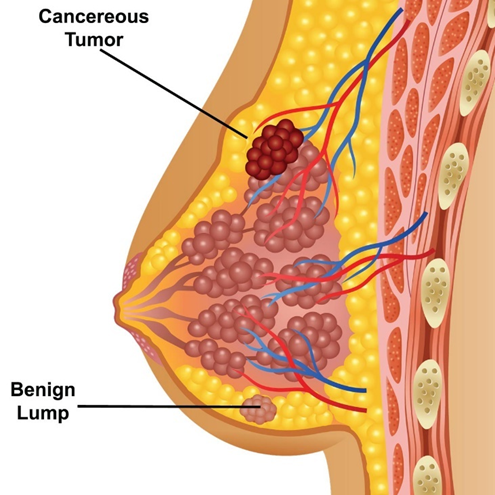A public health nurse is working with a community HIV task force and providing outreach for a high-risk community group. The public health nurse has received a positive HIV test result for one of the community members and successfully linked the individual to care. The public health nurse should identify that which of the following is true about this community member's diagnosis?
The nurse should review the state laws to determine if and how this information should be shared with the National Notifiable Disease Surveillance System.
The nurse should recognize this diagnosis as an indication that the outreach program is not successful.
Outside the healthcare team, the nurse should keep this diagnosis confidential.
The Correct Answer is A
Choice A Reason:
The nurse should review the state laws to determine if and how this information should be shared with the National Notifiable Disease Surveillance System. This is the correct answer because HIV is a notifiable disease, meaning that cases must be reported to public health authorities to monitor and control the spread of the infection. Each state has specific laws and regulations regarding the reporting of notifiable diseases, and it is crucial for the nurse to be aware of these requirements to ensure compliance and public health safety.
Choice B Reason:
The nurse should recognize this diagnosis as an indication that the outreach program is not successful. This statement is incorrect. A positive diagnosis does not necessarily mean that the outreach program is unsuccessful. On the contrary, identifying and linking individuals to care is a key objective of such programs. The success of the program can be measured by its ability to reach high-risk individuals, provide testing, and ensure they receive appropriate care and support.
Choice C Reason:
Outside the healthcare team, the nurse should keep this diagnosis confidential. While confidentiality is critical in healthcare, the reporting of notifiable diseases like HIV is an exception due to public health concerns. The nurse must balance confidentiality with the legal obligation to report the diagnosis to public health authorities. This ensures that appropriate measures can be taken to prevent further transmission and provide necessary public health interventions.
Nursing Test Bank
Naxlex Comprehensive Predictor Exams
Related Questions
Correct Answer is C
Explanation
Choice A Reason:
Partnering with local churches and writing grants for childcare funding towards affordable daycares is a valuable initiative. It addresses the need for accessible childcare, which can significantly impact community health by allowing parents to work and support their families. However, this action does not directly address the immediate health risks posed by older homes, such as lead-based paint.
Choice B Reason:
Advocating for more transportation to health care facilities is crucial in rural areas where access to healthcare can be limited. Improved transportation can ensure that residents receive timely medical care, which is essential for maintaining overall health. Nonetheless, this action does not specifically target the health hazards associated with older homes.
Choice C Reason:
Teaching residents about the dangers of lead-based paint is the most direct and relevant action for a community health nurse working in an area with many homes built before the 1970s. Lead-based paint poses significant health risks, especially to children, including developmental delays and other serious health issues. Educating the community about these dangers and how to mitigate them can have an immediate and profound impact on public health.
Choice D Reason:
Partnering with a nonprofit organization for the farmers' market to sell fresh produce twice a week is an excellent way to promote healthy eating and improve nutrition in the community. Access to fresh produce can help prevent chronic diseases and improve overall health. However, like choices A and B, this action does not directly address the specific health risks associated with older homes.
Correct Answer is B
Explanation
Choice A: Incidence is a Measure of Mortality
This statement is incorrect. Incidence refers to the number of new cases of a disease that occur in a specified population during a defined period. It measures the risk of developing the disease, not the number of deaths. Mortality rates, on the other hand, measure the number of deaths due to a disease in a population.
Choice B: Incidence Includes Only People at Risk for the Disease
This statement is correct. The incidence rate is calculated by dividing the number of new cases of a disease by the number of people at risk for the disease in the population during a specified period. This measure helps to understand the likelihood of developing the disease among those who are susceptible.
Choice C: The Denominator for the Incidence Rate Calculation is for the Entire Population
This statement is incorrect. The denominator for the incidence rate calculation should include only those individuals who are at risk of developing the disease, not the entire population. Including the entire population would inaccurately represent the risk, as it would include individuals who cannot develop the disease (e.g., men in the case of breast cancer).
Choice D: New Cases are Not Considered When Calculating an Incidence Rate
This statement is incorrect. The incidence rate specifically measures the number of new cases of a disease that occur in a population during a specified period. Therefore, new cases are a critical component of the incidence rate calculation.

Whether you are a student looking to ace your exams or a practicing nurse seeking to enhance your expertise , our nursing education contents will empower you with the confidence and competence to make a difference in the lives of patients and become a respected leader in the healthcare field.
Visit Naxlex, invest in your future and unlock endless possibilities with our unparalleled nursing education contents today
Report Wrong Answer on the Current Question
Do you disagree with the answer? If yes, what is your expected answer? Explain.
Kindly be descriptive with the issue you are facing.
